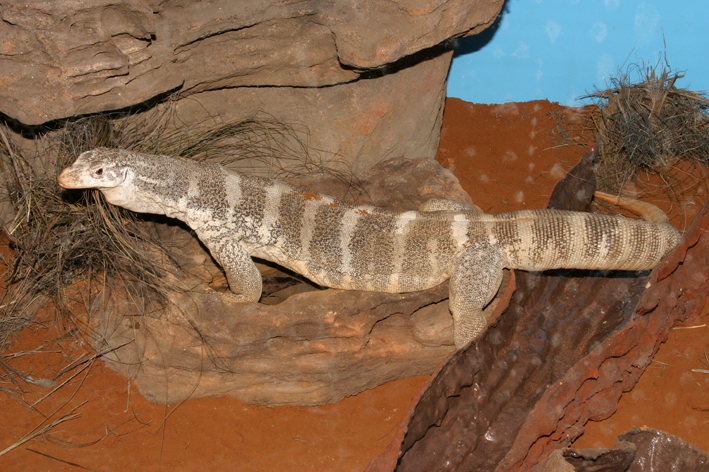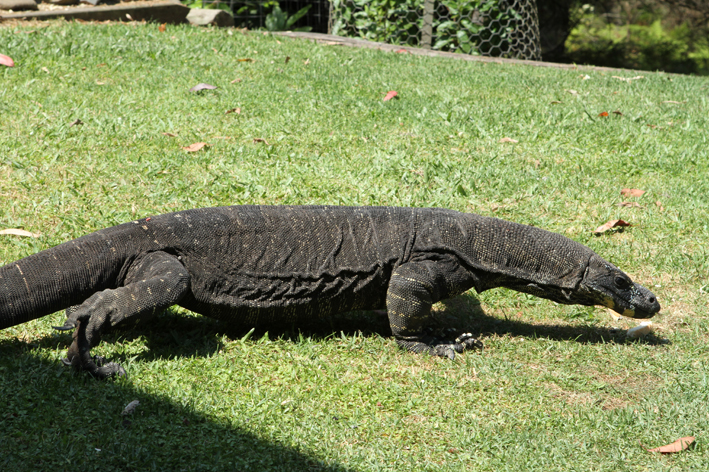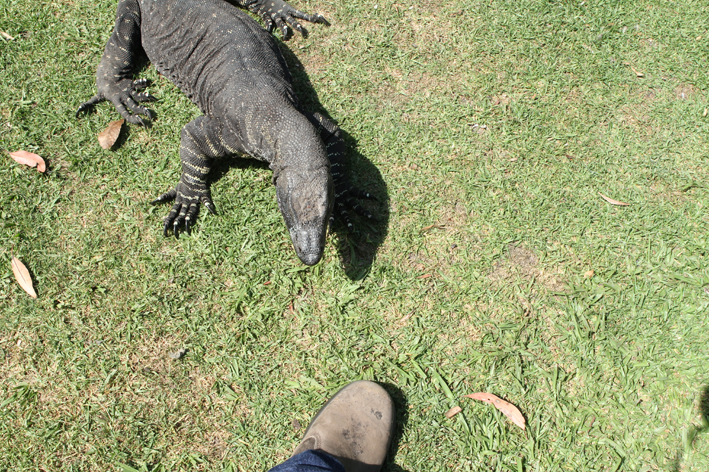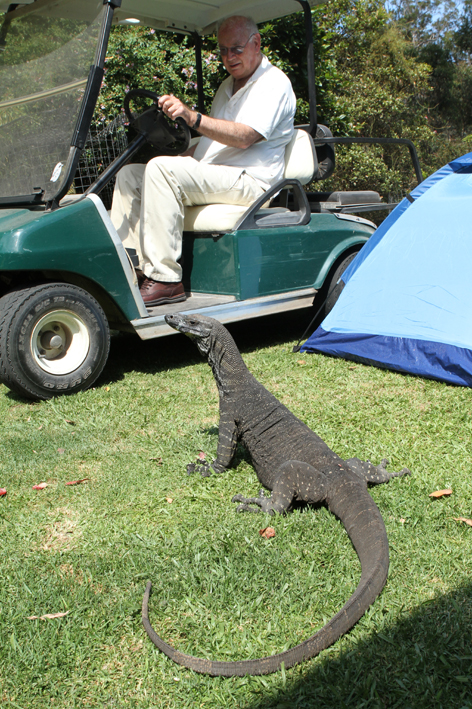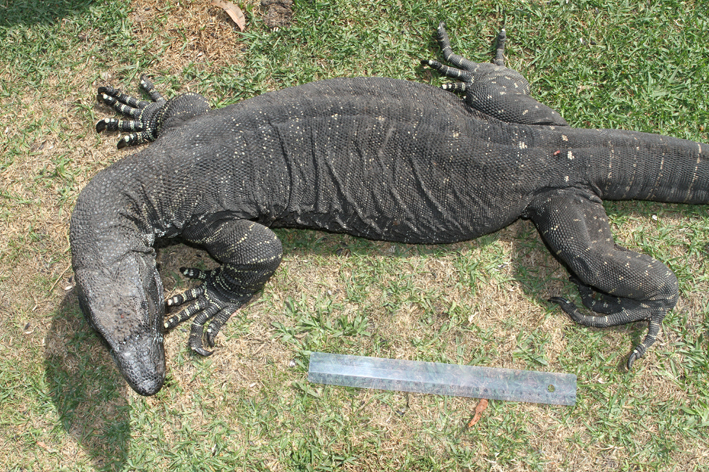No problems, Blue. I had presumed I had walked into the crossfire of another discussion going on elsewhere, so I didn't take it personally.
I'm not familiar with the Bush
et al publications. I have no doubt that they have had way more field experience than I have - I guess my question was as to whether or not any of the data used to compile the lengths was from older records, before
panoptes and
gouldii were split. The reason I had mentioned the
gouldii/rosenbergi tail-banding comment is that I've seen that information repeated in books and papers by reputable authors, who were quoting other reputable authors, who were quoting the original reputable author. That original author made a genuine observation that wasn't 'wrong', it just happened to be based on information that was later found to be incorrect, for at the time Sydney
rosenbergi were thought to be
gouldii.
From my limited experience with the species, a
gouldii over 1-1.2m is uncommon, whereas panoptes in that size range (and larger) are the norm. To give you a sense of scale, given the SVL/TTL proportions of these species, a 1.6m
gouldii would have a body the size of a large male lace monitor. This
panoptes was approaching that size (if it weren't so thin) but I've yet to see a
gouldii even half that bulk.
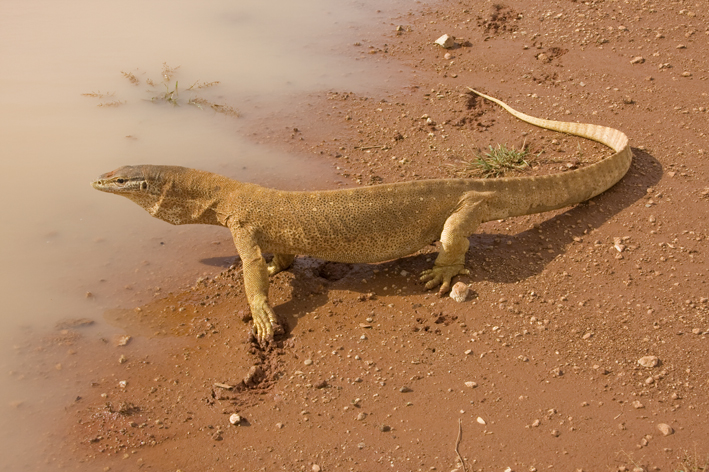
Regarding my lace monitor question - it was probably a bit loaded. Clearly I have quite an interest in that species, for I keep and breed them at home and spend a lot of time watching wild ones. I know the exact SVL/TTL of my pair at home and have a real sense of their overall size, so it makes it easy for me to gauge the size of wild ones reasonably accurately. What I've found is that lace monitors, captive or wild, truly reaching 2m are extremely rare. A number of keepers have told me that their animals are '2m' long, but I've seen the animals in question and if a tape measure were applied most of them would fall into the 1.7-1.8m size range. I have photographs (on transparency) of the Bells phase lace monitor from ARP and it would have fallen into that category, maybe a bit larger (I can't recall what the others there looked like). Undoubtedly large, but not exceptional. In the years I've been looking at lace monitors, I've seen only four or so wild ones that I would guess to be in the 2m range. Three of those were from the southern reaches of lace monitor range, where they are known to get larger than elsewhere in the country.
This past xmas I was staying with friends down south when a huge lace monitor entered their back yard looking for scraps. I've never seen one larger than this:
What was unusual about this instance is that the animal was in a back yard and accustomed to humans, so I was able to get someone to run inside and grab a ruler, enabling me to take this shot. A rare opportunity. That's a 30cm ruler. I've measured its SVL and, depending on how much distortion is caused by its head not being flat on the ground and on the same plane as the ruler, it has a SVL in the range of 75-80cm. Using the SVL/TTL of my animals at home for a reference, that would give this animal a total length (had its tail been complete) of 2.1-2.2m.
A number of people have said "oh yeah, I've seen a lot that size" but most have not been able to provide photographic evidence, so far. With one exception - a person that lives in the same area that this monitor was photographed had shots of another large male that may have been of similar size. There was nothing in the photographs for scale, but its overall proportions suggested that it was pretty big.
My apologies to the O.P. for going off on this tangent - this probably doesn't help you choose a small monitor to put in your enclosure!




